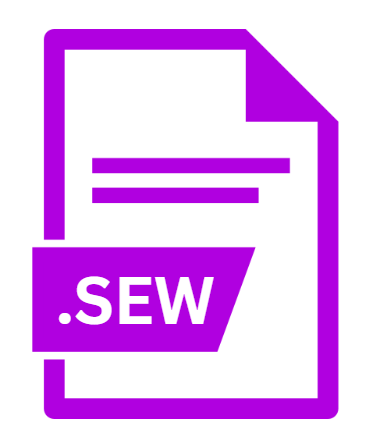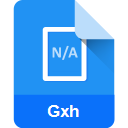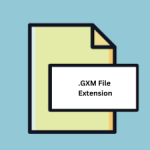.SEW File Extension

What is an SEW file?
.SEW files are digital files specifically created for use with home embroidery machines. These machines translate digital embroidery designs into physical stitches, allowing enthusiasts and professionals alike to bring their creative visions to life on fabric.
The .SEW file extension represents a format that contains all the necessary information for the embroidery machine to recreate the design accurately.
More Information.
The history of the .SEW file extension dates back to the rise of computerized embroidery machines in the late 20th century.
As technology advanced, traditional manual methods of embroidery gave way to computer-controlled machines capable of executing intricate designs with precision and speed.
The introduction of digital file formats like .SEW revolutionized the industry by enabling users to create, store, and share embroidery patterns effortlessly.
Originally, .SEW files were designed to streamline the process of transferring embroidery designs from computer software to embroidery machines.
This allowed users to bypass the need for manual input or transcription of designs, reducing errors and saving valuable time. Additionally, the .SEW format facilitated the storage and cataloging of embroidery patterns, empowering users to build extensive libraries of designs for future use.
Origin Of This File.
The .SEW file format originates from the renowned South Korean company, SINGER Corporation. SINGER, a pioneer in sewing machines and related technologies, introduced the .SEW format as a proprietary file type for their line of home embroidery machines.
Over time, other manufacturers have adopted this format, ensuring its widespread use across various brands of embroidery machines.
File Structure Technical Specification.
.SEW files consist of structured data that encode various parameters essential for embroidery machines to replicate a design accurately.
The technical specifications of .SEW files typically include information such as stitch coordinates, thread colors, stitch types, and other embroidery-specific details.
These files may also contain metadata describing the design, such as its dimensions, stitch density, and any special instructions for the embroidery machine.
At its core, the .SEW format utilizes a combination of vector graphics and machine-readable instructions to guide the embroidery process. Each stitch is represented by a set of coordinates within the design space, along with attributes specifying its type, length, and thread color.
This precise encoding ensures that the embroidery machine can faithfully reproduce the intended design with minimal deviation.
How to Convert the File?
Converting .SEW files to other formats or vice versa may be necessary to accommodate different software or hardware requirements. Several methods can be employed for file conversion:
- Using Dedicated Software: Specialized embroidery software often includes features for converting .SEW files to other formats, such as .DST or .EXP. Users can import .SEW files into the software and then export them in the desired format.
- Online Conversion Tools: Various online services offer file conversion utilities specifically tailored for embroidery formats. Users can upload their .SEW files to these platforms and convert them to compatible formats.
- Third-Party Plugins: Some embroidery software platforms support third-party plugins or extensions that enable .SEW file conversion. Users can install these plugins to extend the functionality of their software and perform conversions seamlessly.
Advantages And Disadvantages.
Advantages:
- Compatibility: .SEW files are widely supported by various home embroidery machine manufacturers, ensuring compatibility across different brands and models.
- Precision: The structured nature of .SEW files allows for precise control over the embroidery process, resulting in high-quality stitch outcomes.
- Ease of Use: With intuitive software interfaces for designing and editing .SEW files, users can create intricate embroidery patterns with minimal effort.
- Storage Efficiency: .SEW files are relatively compact compared to other image-based formats, making them efficient for storing large collections of embroidery designs.
Disadvantages:
- Proprietary Format: The .SEW format is proprietary to SINGER Corporation, which may limit interoperability with third-party software or machines.
- Limited Editing Capabilities: While .SEW files support basic editing functions, more advanced modifications may require specialized software or expertise.
- Dependency on Software: Users need compatible software to create or modify .SEW files, which may incur additional costs or dependencies.
How to Open SEW?
Open In Windows
- SINGER’s proprietary software, such as SINGER Futura, is compatible with Windows operating systems and supports .SEW file opening and editing.
Open In Linux
- Wine, a compatibility layer for running Windows applications on Linux, may enable users to use SINGER’s software for .SEW file handling, although compatibility can vary.
Open In MAC
- Users on MacOS can utilize virtualization software like Parallels Desktop or VMware Fusion to run Windows applications, including SINGER’s software, for opening .SEW files.













